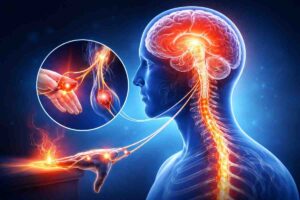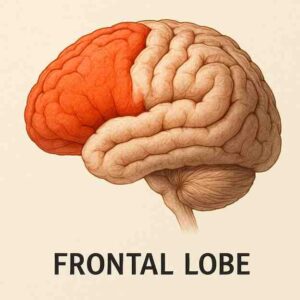I was recently invited to give a TEDx Talk, an extremely prestigious occasion. TEDx is a non-profit organization devoted to spreading ideas, usually in the form of short powerful talks. It began as a conference in 1984 where technology, entertainment, and design converged, hence the name. A TEDx Talk is a showcase for speakers presenting great, well-formed ideas in under 18 minutes. Imagine a day filled with nine brilliant speakers, thought-provoking videos, and mind-blowing notions. This TEDx event, the third edition organised by the students of Somaiya Vidhyavihar, created a unique gathering in which to unleash new ideas, inspire, and inform, and I was happy to be part of it.



